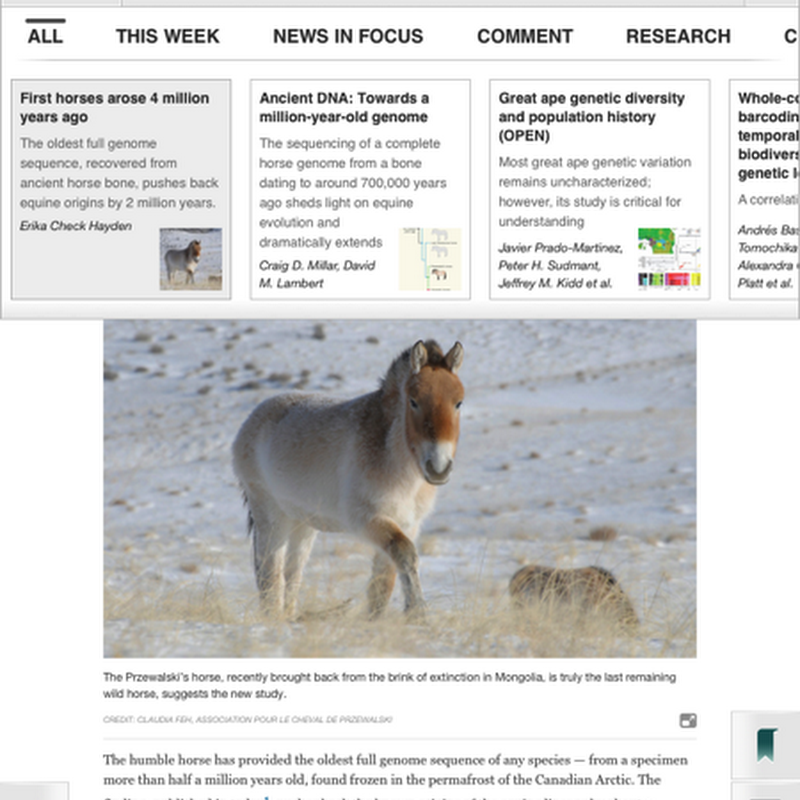
In a previous post (Learning from eLife: GitHub as an article repository) I discussed the advantages of an Open Access journal putting its article XML in a version-controlled repository like GitHub. In response to that post Pensoft (the publisher of ZooKeys ) did exactly that, and the XML is available at https://github.com/pensoft/ZooKeys-xml. OK, "now what?" I hear you ask.




